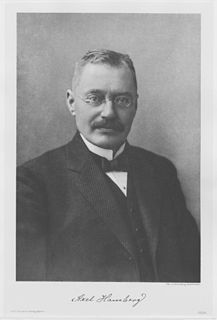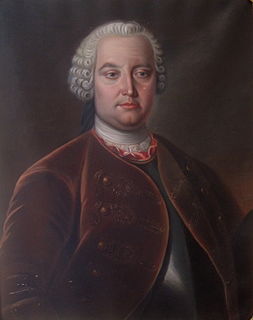 W
WJohan Afzelius was a Swedish chemist and notable as the doctoral advisor of one of the founders of modern chemistry, Jöns Jacob Berzelius. He was the brother of botanist Adam Afzelius and physician Pehr von Afzelius.
 W
WTorbern Olaf (Olof) Bergman (KVO) was a Swedish chemist and mineralogist noted for his 1775 Dissertation on Elective Attractions, containing the largest chemical affinity tables ever published. Bergman was the first chemist to use the A, B, C, etc., system of notation for chemical species.
 W
WHarry von Eckermann (1886–1969) was a Swedish industrialist, mineralogist and geologist. His studies were centered around anorogenic alkaline igneous rocks occurring in the Baltic Shield. Following this line he studied the Alnö Complex, Norra Kärr Alkaline Complex and various Rapakivi granites.
 W
WAxel Hamberg was a Swedish mineralogist, geographer and explorer.
 W
WNils Adolf Erik Nordenskiöld was a Finland-Swedish aristocrat, geologist, mineralogist and Arctic explorer. He was a member of the prominent Finland-Swedish Nordenskiöld family of scientists and held the title of a friherre (baron).
 W
WAnders Jahan Retzius was a Swedish chemist, botanist and entomologist.
 W
WNaima Sahlbom was a Swedish chemist, mineralogist, and peace activist. She is considered to be one of Sweden's most notable women chemists of the late 19th and early 20th century.
 W
WSten Anders Hjalmar Sjögren was a Swedish geologist and mineralogist.
 W
WLars Fredrik Svanberg was a Swedish chemist and mineralogist.
 W
WWohlgeboren Jacob Tersmeden was a Swedish nobleman, ironmaster and member of parliament representing the House of Nobility, and brother of Swedish admiral and diarist Carl Tersmeden.
 W
WJohan Gottschalk Wallerius was a Swedish chemist and mineralogist.